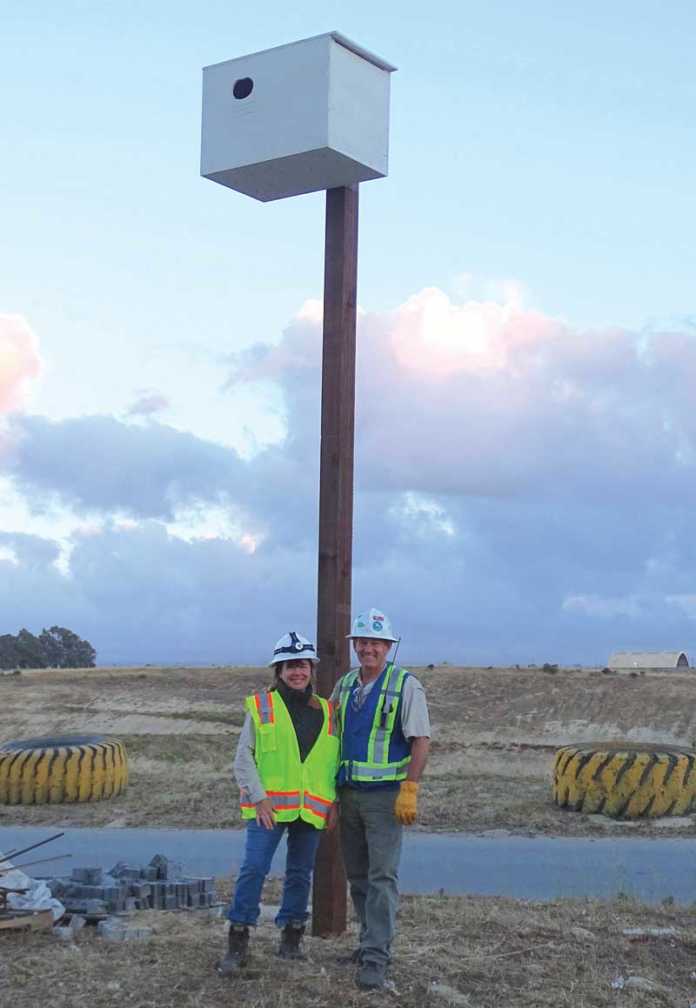(Contributed photo)
When an animal is spotted by humans in the wild, it is often an exciting and awe-inspiring moment. Many of us are intrigued by wild animals — from grazing deer to stealthy mountain lions. If taught right, we know how to interact with them, keeping our distance and respecting their behavior.
But that often changes when those same animals cross the boundaries into our own space. Spotting raccoons in our trash cans, or mice in our house, our knee-jerk reaction is to become defensive, immediately setting traps and scattering poison.
Rebecca Dmytryk of Humane Wildlife Control insists there are better ways.
“People don’t look at it from the animal’s perspective,” she said, “at least not right away. There’s a reason why that animal has arrived, and more often than not it’s because of what the humans have or haven’t done.”
Dmytryk runs Humane Wildlife Control with her husband, Duane Titus out of Moss Landing. Their services cover not only the Central Coast and Greater Bay Area, but also as far south as Ventura County. Currently, there are only a handful of other similar businesses operating across the United States.
“The desire for ethical wildlife control is growing,” Dmytryk said. “I think people are finally realizing they have options, that there are other ways to deal with these problems.”
One of Humane Wildlife Control’s most successful services is their owl boxes. After a short property evaluation, a nest box will be installed to encourage barn owls to an area, resulting in a completely natural form of rodent control.
While there are plenty of owl boxes on the market these days, Dmytryk claims most are not suitable. Many are too small, not waterproof and built cheaply.
“This will be the home to an entire owl family,” she said. “They need to be able to stretch their wings out and have space to grow. We do our best to design boxes that accommodate them comfortably and last for a long time.”
Humane Wildlife Control also encourages people to install a camera in the box to keep an eye on the birds. One such camera was placed in a box near The Whole Enchilada restaurant in Moss Landing last year, giving people an inside look into the lives of the owls.
Other owl boxes have been constructed at various locations, including Pajaro Valley High School and Pajaro Dunes in Watsonville.
“It’s evidence of what we’ve been saying all along,” Dmytryk said. “Animals are attracted to what they need to survive. And there are ways we can work with them so everyone is happy.”
In addition to owl boxes, Humane Wildlife Control offers a long list of services, helping with everything from bat removal to deterring larger species such as mountain lions. They stress the importance of not relying on trapping and relocation — which is usually both ineffective (more animals will keep returning if a habitat is vacant) and harmful (an animal will often die trying to get back “home”).
Dmytryk explains that sometimes, the solution is as easy as building a fence, keeping small pets indoors, or having your house sealed.
“We know people want to protect their property,” she said. “We want that too, which is why we’re offering these long-term solutions. We need to learn to work with nature instead of against it.”
To learn more about owl boxes, trapping and all of Humane Wildlife Rescue’s services, call (855) 538-6263 or visit humanecontrol.com.













